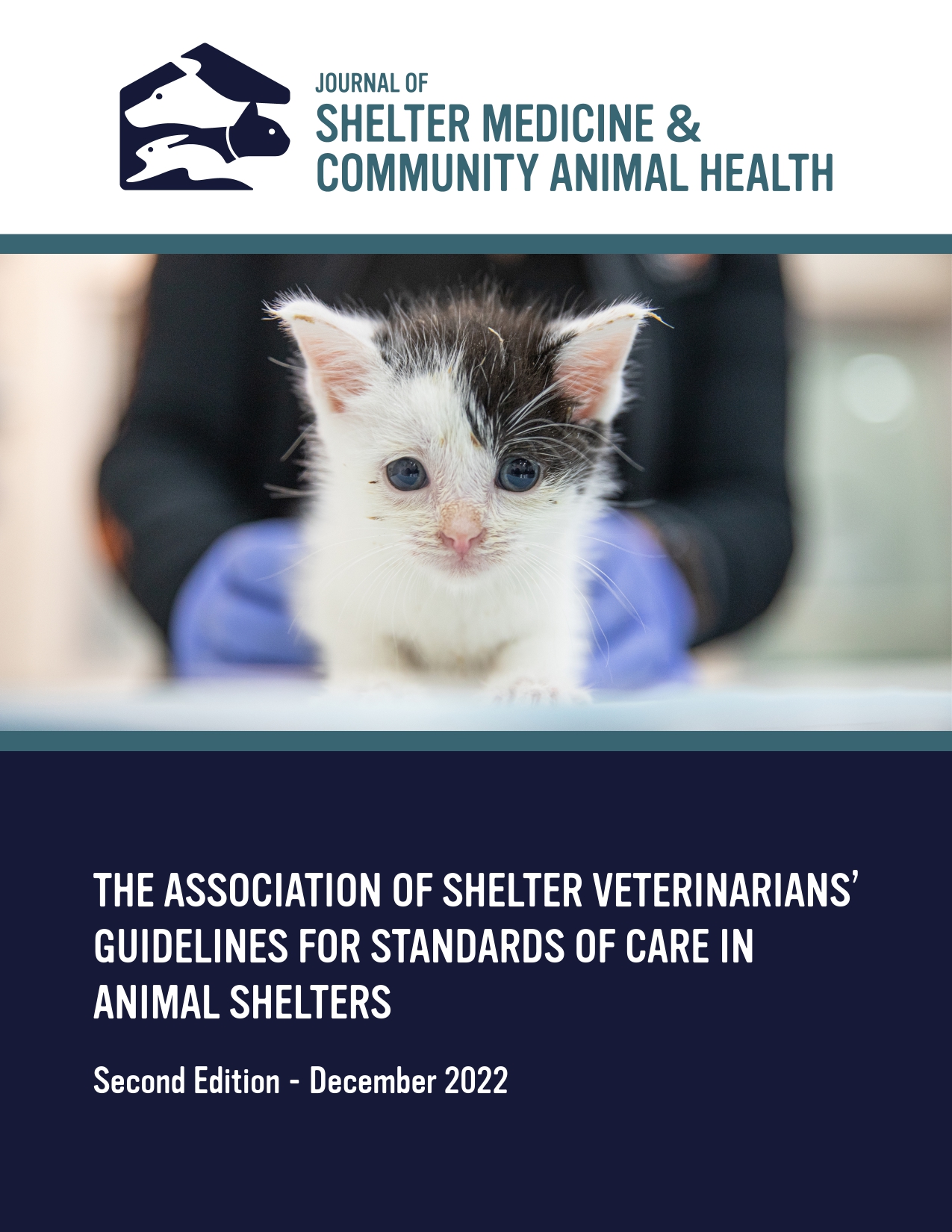Randomized Controlled Trial to Compare Ear Tipping Methods for Community Cats [Abstract]
DOI:
https://doi.org/10.56771/jsmcah.v2.55Abstract
Methods for ear tipping are variable. The majority of practitioners have experience with only a single method, and so are not able to directly compare methods. The aim of this study was to find the most effective method of ear tipping, with the predetermined primary outcome measure incidence of breakthrough bleeding (bleeding after leaving the ear tip station), and secondary outcome measures of procedure time, conformation to 1 cm target, client satisfaction, ear tipper preference, and cosmesis.
Free-roaming cats over the age of six months presented for trap-neuter-return at Midwestern University were enrolled from June 2022 to February 2023 and randomly assigned via block randomization to one of seven experimental groups: wood burning tool with hemostat (WBT+H), scalpel blade and hemostat (SB+H) with commercially available hemostatic gel (SB+H/gel), SB+H with compounded hemostatic paste (SB+H/CHP), Mayo scissors and hemostat (MS+H) with gel (MS+H/gel), MS+H with CHP (MS+H/CHP), Mayo scissors only with gel (MS/gel), and MS with CHP (MS/CHP). One cm was removed from the distal pinna of the left ear according to the assigned experimental condition. The process was timed, and the ear was photographed for rating of cosmesis by a panel of three independent raters based on the straightness of line and angle of ear tip in relation to the vertical axis of the ear. Clients were surveyed at discharge regarding their satisfaction with the ear tip and the researchers were surveyed at the end of the study regarding their method preference. Fisher’s exact tests and logistic regression were used to compare binary data and linear regression for continuous.
The overall rate of breakthrough bleeding was 7% (95%CI 4.4-11.3%), and there were differences between the methods (P < 0.0001). Neither WBT+H nor MS+H had any occurrences (95%CI 0-9.7%), while SB+H/gel had the highest rate (29%, 95%CI 15.1-47.5%). The median procedure time was 10s (IQR 7-13, range 3-30), and while there was a statistical difference between tools (P = 0.0001), a maximum difference of 27s was not considered clinically significant. Ears were more likely to be tipped greater than 1 cm when MS (OR = 2.6 , P = 0.031) or WBT+H was used (OR 3.4, P = 0.015) as compared to SB+H. Ears were more likely to be tipped less than 1 cm when SB+H (OR = 10.4, P = 0.026) or MS+H was used (OR = 10.8, P = 0.024). Clients were satisfied with 88% (95%CI 83-92%) of the ear tips, but increased satisfaction was not found to be associated with the size of the tip (P = 0.575) nor equipment (P = 0.881). SB+H had the highest mean cosmesis score (5.12/6, SD 0.87), with WBT+H (4.4/6, SD 1.07) and MS (4.7/6, SD 0.97) significantly lower, P < 0.0001 and P = 0.014, respectively. All four people performing ear tips preferred SB+H/CHP.
Different ear tipping methods had different benefits and drawbacks. WBT+H was superior by our primary outcome measure, breakthrough bleeding, but inferior in our secondary outcome measures of cosmesis and tips greater than 1 cm. SB+H yielded the greatest cosmesis but often resulted in ear tips less than 1 cm, and when used with gel, had the greatest risk of breakthrough bleeding.











